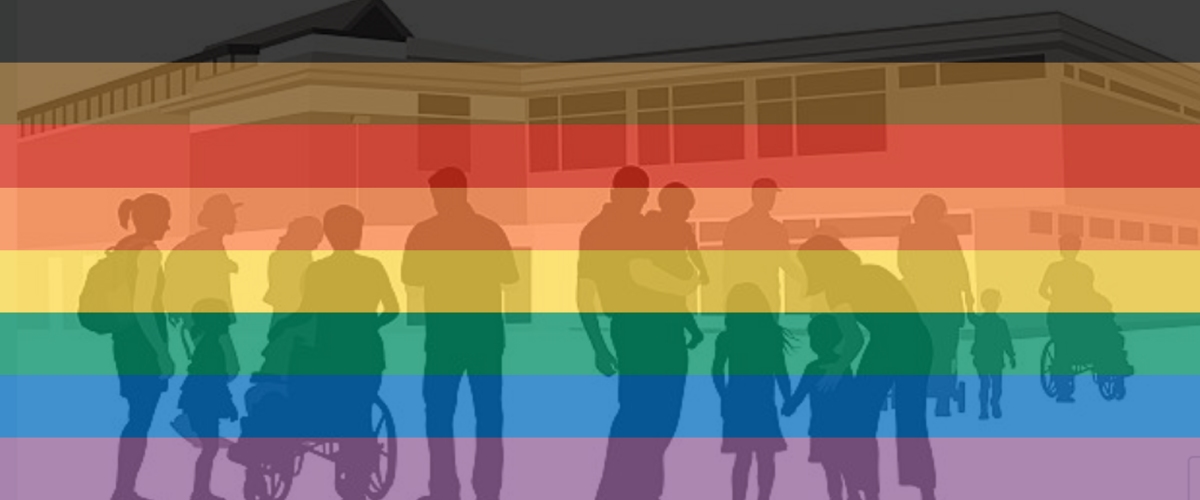A new report released from MAP and CenterLink shows the critical role LGBT community centers play in the lives of LGBT people and their families, serving more than 40,000 people each week and providing targeted referrals to nearly 5,500 people. For many people across the U.S., these community centers are often the only local source of targeted social, educational, and health services.
The 2018 LGBT Community Center Survey Report: Assessing the Capacity and Programs of Lesbian, Gay, Bisexual, and Transgender Community Centers surveys 128 centers located in 40 states, the District of Columbia, and Puerto Rico, and provides a snapshot of the centers that provide vital services, programs, and advocacy for LGBT people.
Key findings from the report include:
- Participating LGBT centers serve 40,550 people in a typical week and refer nearly 5,550 individuals each week to other agencies for services and assistance.
- The 113 centers that reported 2017 revenue data have combined revenue of $226.7 million. Small centers projected an 18% increase in expense budgets from 2017 to 2018, while large centers projected a 5% increase from 2017 to 2018.
- Nearly half (47%) of all participating centers reported obtaining at least one government grant (local, state, or federal) of over $10,000 in 2017.
- Participating centers employ nearly 2,000 paid staff and engage with more than 14,000 volunteers for nearly half a million volunteer hours annually.
- Half of LGBT community centers remain thinly staffed: 25% have no paid staff and rely solely on volunteers, and 32% have between one and five paid staff. As expected, small centers with budgets of less than $150,000 are much more likely to have few or no paid staff; 56% of small centers have no paid staff, while three-quarters (76%) of centers with budgets over $150,000 have six or more paid staff.
- More than three-quarters of centers (78%) that engage in policy-related activities work to advance policy at the local level, 67% at the state level, and 31% at the national level.
Given the critical role of LGBT community centers in areas of the country with few other resources for LGBT people, and the large gulf between large centers and small centers, the report finds that small centers, in particular, are in critical need of additional financial support. The report concludes with the recommendation that investing in these centers is a targeted and focused way to increase the infrastructure of the LGBT movement and the support for LGBT people living across the country.
Every two years, MAP, along with CenterLink issues this biennial survey of LGBT community centers across the United States with the goal of helping LGBT organizations and their allies and supporters understand the strengths and weaknesses of the movement, current levels of activity and funding in priority areas, and where resources are needed most.
- READ THE REPORT and view the infographics.

